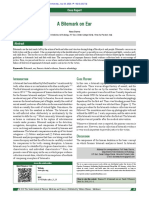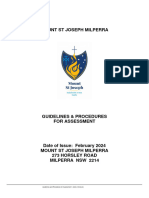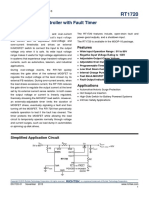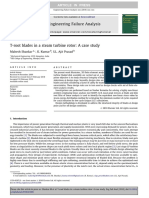0% found this document useful (0 votes)
62 views16 pagesWorkspace Projects 1
The document outlines various Workspace Projects focused on evaluating AI-generated responses across different tasks, including API evaluations, email analysis, and spreadsheet calculations. Contributors are instructed to assess responses based on quality dimensions such as completeness, understanding, truthfulness, and groundedness, with specific guidelines for each project. Additionally, it emphasizes the importance of reviewing project instructions and maintaining consistency in ratings and justifications.
Uploaded by
roni botCopyright
© © All Rights Reserved
We take content rights seriously. If you suspect this is your content, claim it here.
Available Formats
Download as DOCX, PDF, TXT or read online on Scribd
0% found this document useful (0 votes)
62 views16 pagesWorkspace Projects 1
The document outlines various Workspace Projects focused on evaluating AI-generated responses across different tasks, including API evaluations, email analysis, and spreadsheet calculations. Contributors are instructed to assess responses based on quality dimensions such as completeness, understanding, truthfulness, and groundedness, with specific guidelines for each project. Additionally, it emphasizes the importance of reviewing project instructions and maintaining consistency in ratings and justifications.
Uploaded by
roni botCopyright
© © All Rights Reserved
We take content rights seriously. If you suspect this is your content, claim it here.
Available Formats
Download as DOCX, PDF, TXT or read online on Scribd
/ 16



















































































